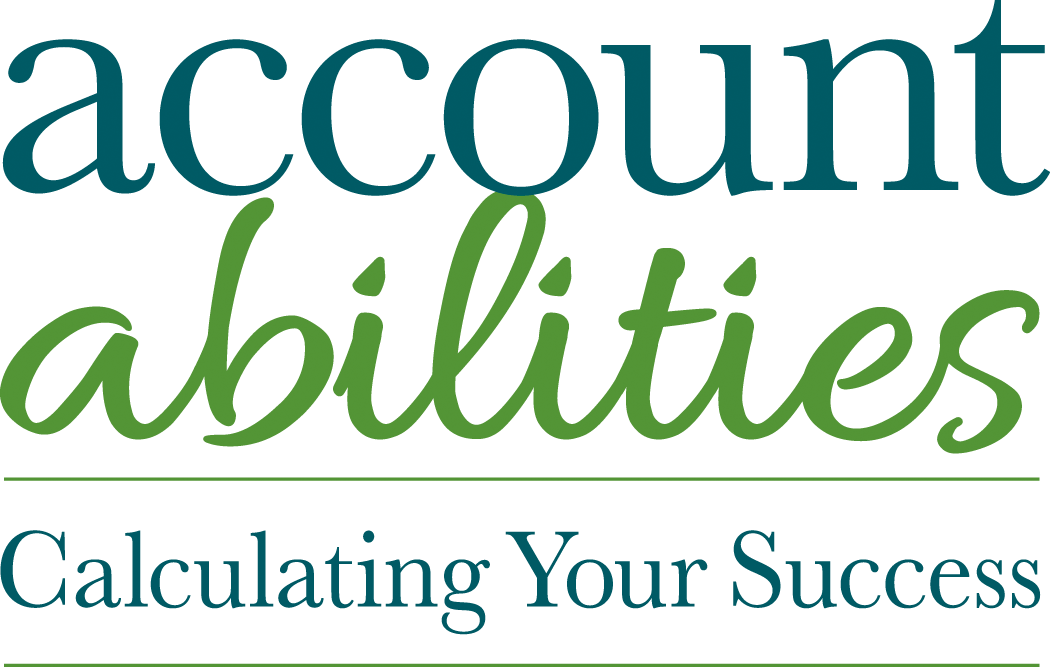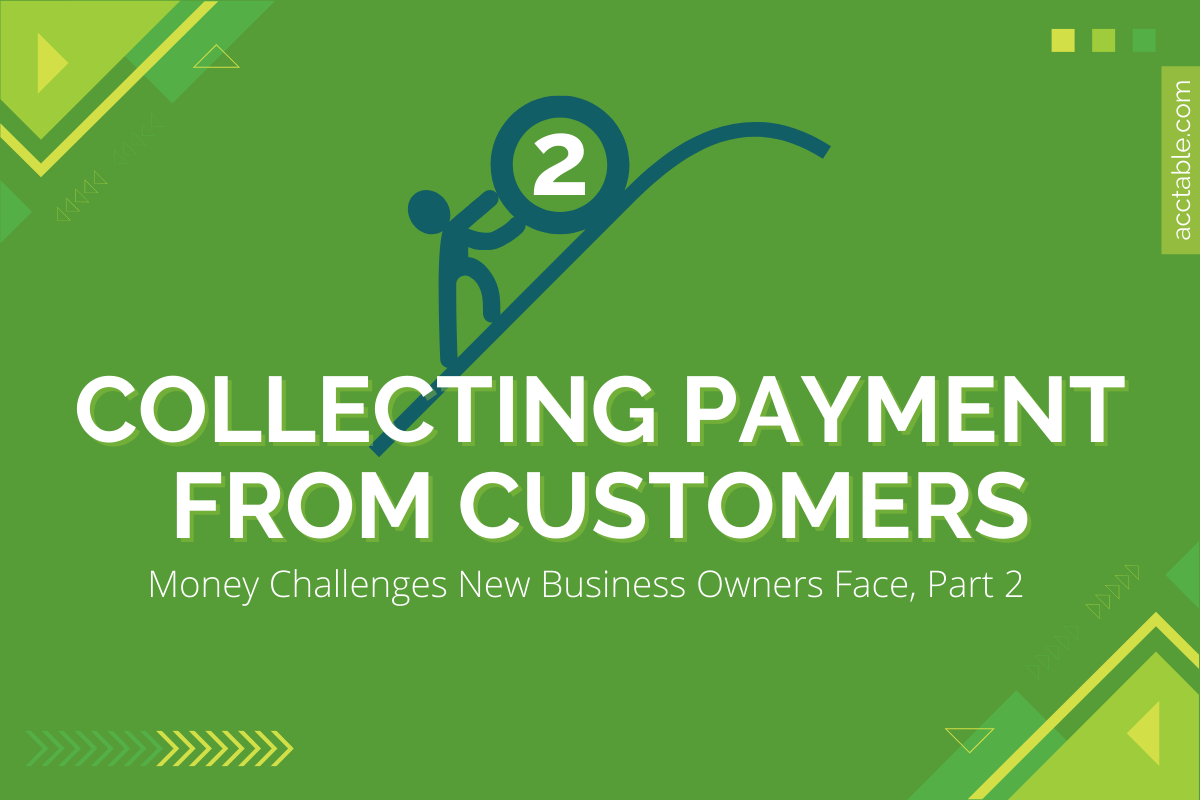How To Collect Money From Your Customers
When you are starting a new business, you must consider so many details! What supplies do you need, which processes are you going to use, what price you will charge are all things you take into account. You also need to consider how to collect money from your customers.
When you are dreaming up your new business venture, do you consider how you will collect money from your customers?
Many new business owners do not really think about this detail, but it is incredibly important to get this one down as soon as possible.
You can sell your product/service all day long, but if you will not collect money from your customers on your sales – you won’t have a business for very long. You will be constantly figuring out how to pay your bills and the stress that this issue creates is overwhelming.
So, let’s discuss some ways to avoid this issue or possibly to get it under control.
The first thing to remember is you are in control of your business, not your clients. Often, we hear, the customer is always right and we can agree with that statement most of the time, but not all of the time. This is an area where you will need to set expectations and be firm.
There are many different ways to approach payment methods. Your choices are:
1. Cash
2. Checks
3. Credit Cards (CC), which cost you 3% and take about 48 hours to receive.
4. ACH – This is where money is directly withdrawn from the customers checking account and then deposited into your account.
5. Third Party Vendors, Paypal, Venmo, etc.
The good news is that there are a lot of ways to get paid!
So let’s go through some scenarios:
If you are selling products to the public and they pay on the spot, then you should not have any issues in collecting. However, you still have a few things to think about. What payment methods will you take?
Cash – perhaps
CC – most likely
With offering credit cards as a choice of payment, you can consider having the customer pick up the 3%. This will work in some situations, but not in many. Oftentimes, clients will frown upon this. You will need to consider if this is a good decision for your business and it often will depend on your industry. What I mean by that is how does your client expect to pay.
For example:
If you are an electrician, most people still expect to write a check on the spot. You may decide to
a. Only take Checks, but keep in mind that many people no longer have checks which means they have to send payment through bill pay and that can take a while to receive.
b. Offer a CC and charge the customer 3% or you can absorb the cost.
A couple things to keep in mind: If you plan on covering the cost to accept credit cards, make sure to add it to the cost of producing your product/service. Remember you want to make a profit and to make a profit you need to account for all of your expenses.
Also, keep in mind that chasing down receivables is zero fun and time consuming. Asking clients for money can create a negative experience even if it is necessary to do so.
So, let’s go to a different scenario:
We will use Accountabilities as an example: we provide monthly services to clients with the same recurring monthly fee. We accept only one form of payment for our monthly clients and that is ACH. If you want to do business with us, we require you to be set up on ACH. ACH is money pulled directly from your bank account into ours. The cost is minimal, about .50 cents per transaction and a monthly set fee. Keep in mind it can take 5 business days to get into your bank account.
This option works for us because we never have to chase down the client, the clients also like the convenience factor and we know exactly when we will receive our money.
If you are business to business and deal with large companies or universities then it can take up to 6 months to get paid. Most small business owners can not wait that long. If you do business with smaller businesses then we would suggest you set up payment arrangements before doing business. Set the expectations. A retainer may be necessary. Never feel bad about discussing payment.
Here’s the bottom line: You do not want to chase down receivables to save a buck, but at the same time if you can reduce your costs and keep your customers happy you should.
Try to stay away from payment methods that will complicate things. If you hate going to the bank and lose things easily – only take CC. If you are meticulous with your records and want to take checks, then take just checks. Make sure your bank will allow you to scan the checks easily so that you do not have to make a trip.
If possible, stay away from cash. We find it never makes it to the bank!


